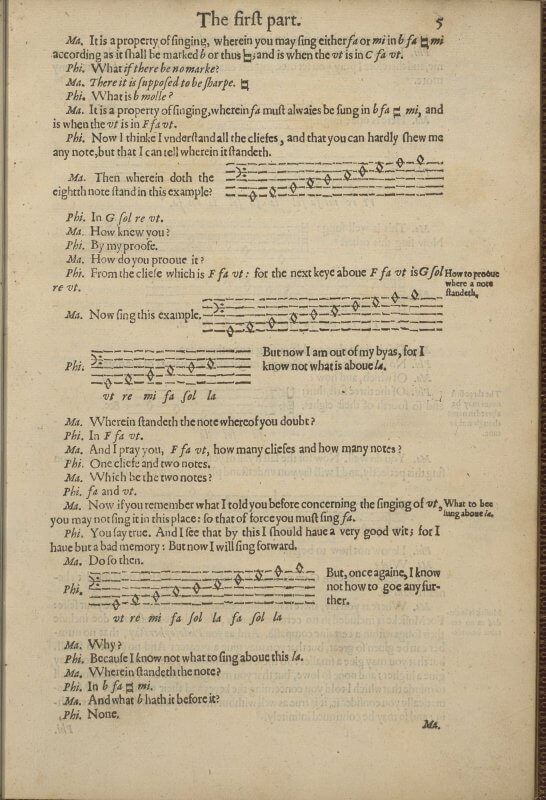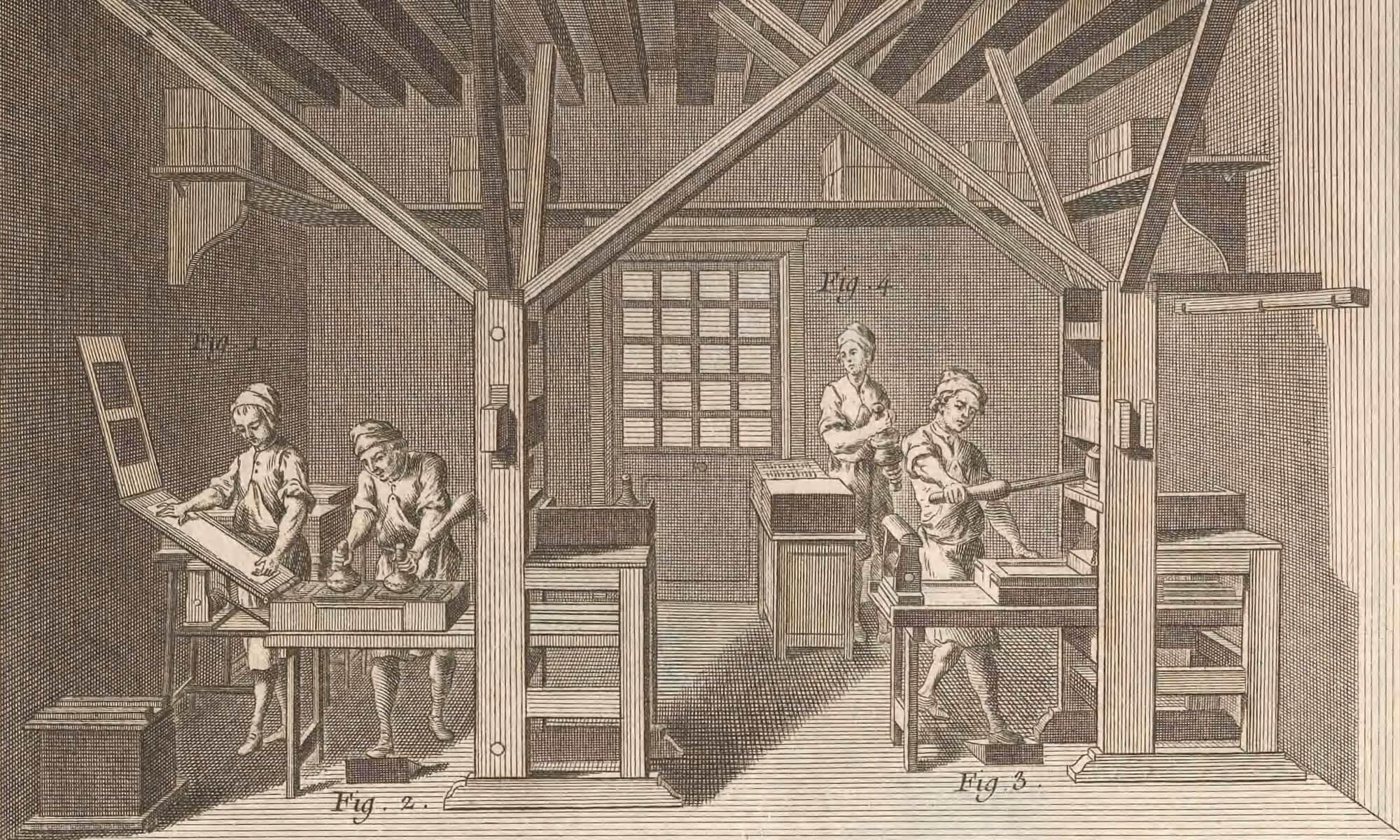Holinshed, Chronicles, 1577, pub. Harrison (¶1r)
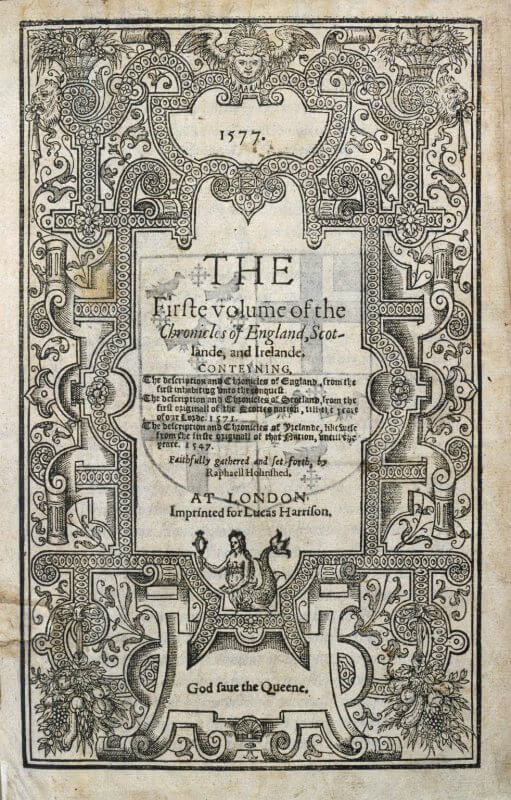
James I, By the King, 1611

Kats, Ma’aseh Toviyah, 1708 (40.2v)
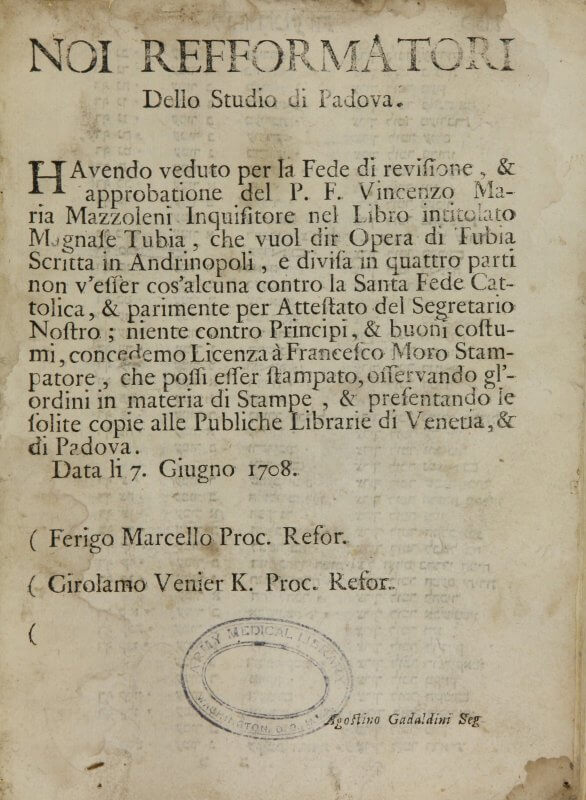
Kats, Ma’aseh Toviyah, 1708 (π1r)
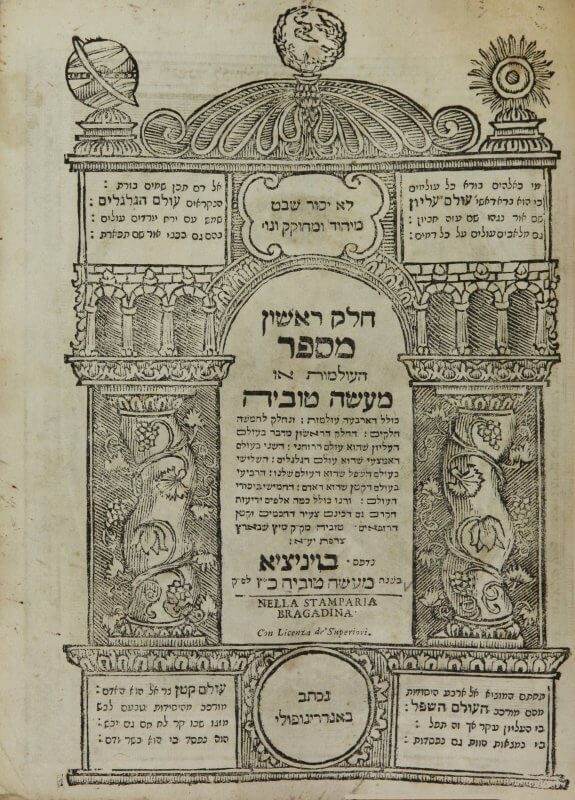
Keimer, Elegy, 1723 (1r)
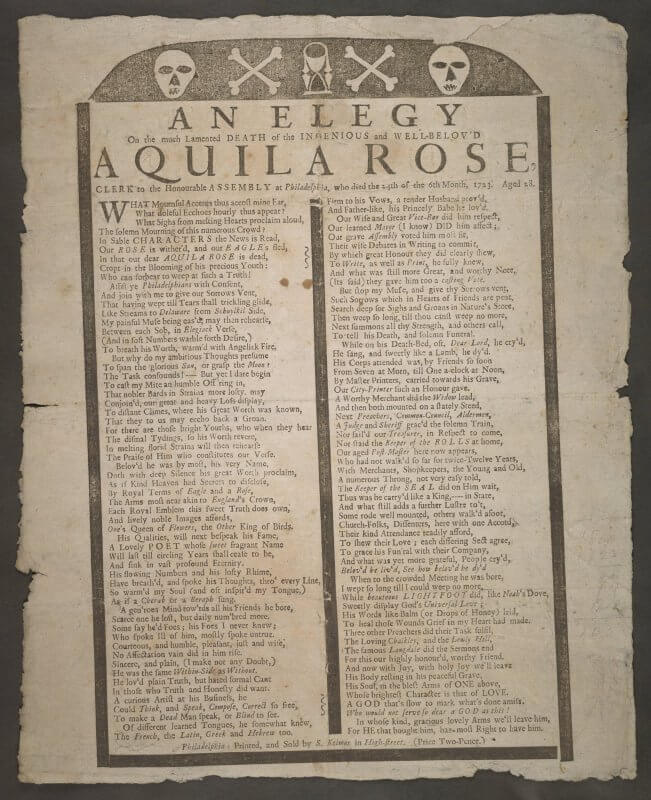
Lodge, Euphues, 1634 (A1r)
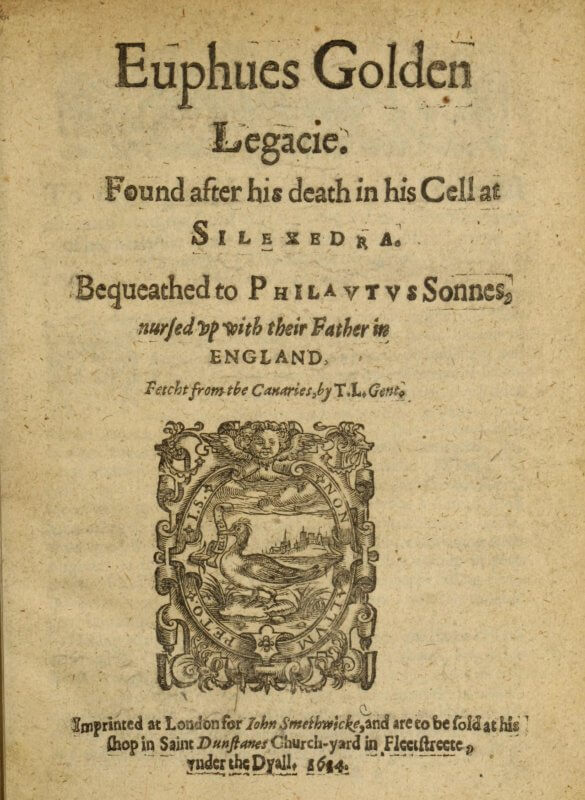
Marmion, Antiquary, 1641 (H4r)

Marston, Antonio and Mellida, 1603 (A1r)

Molina, Vocabulario, 1571 (V10r)
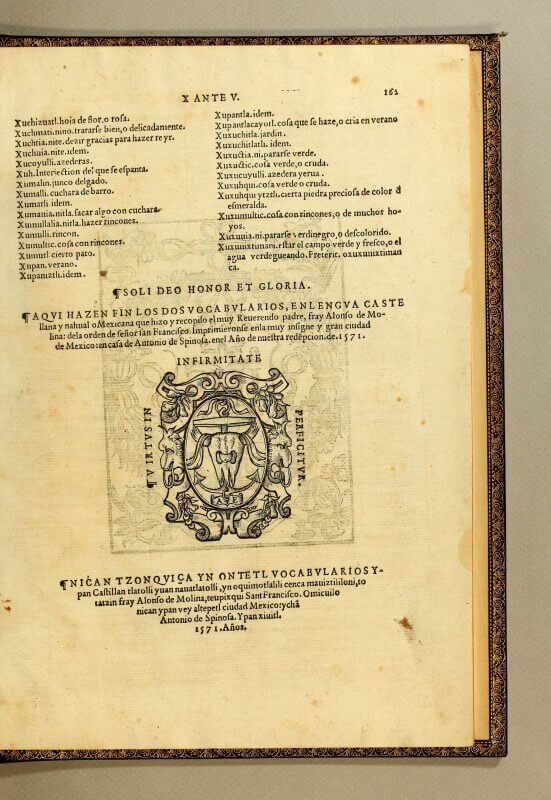
Morley, Introduction to practicall musicke, 1608 (B4r)
